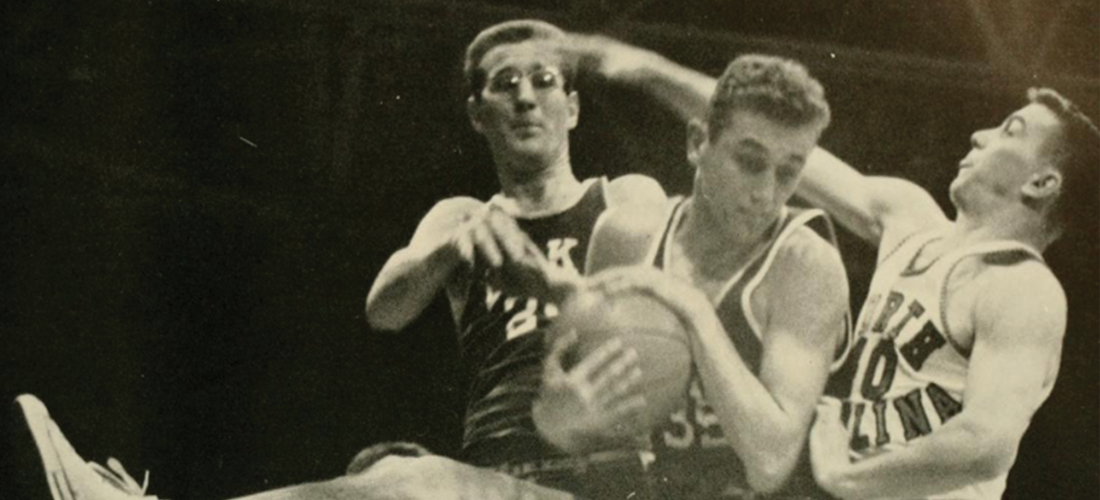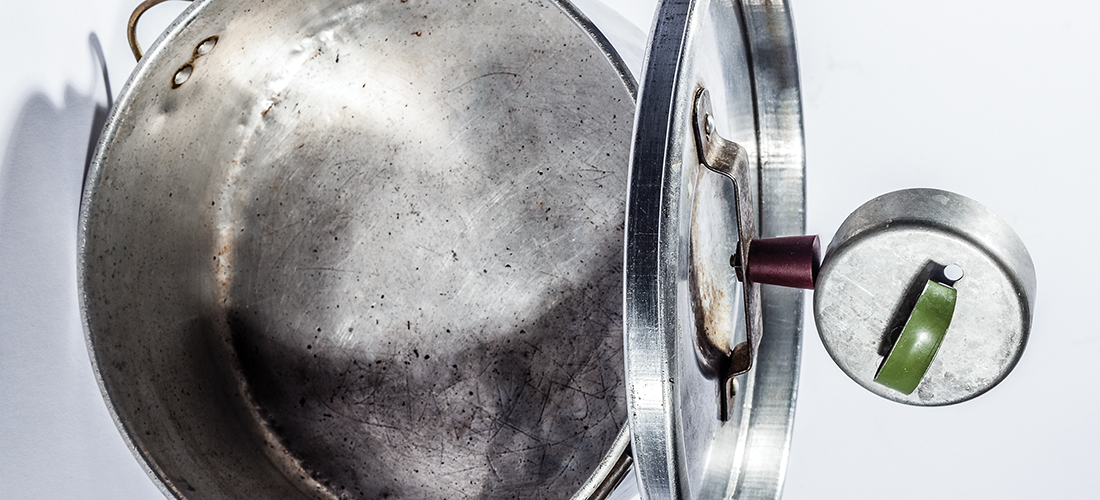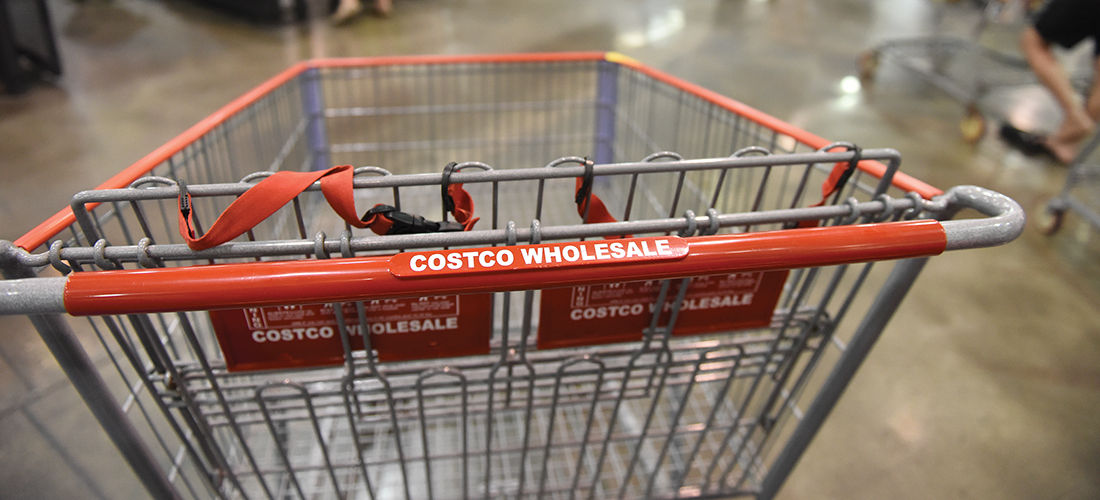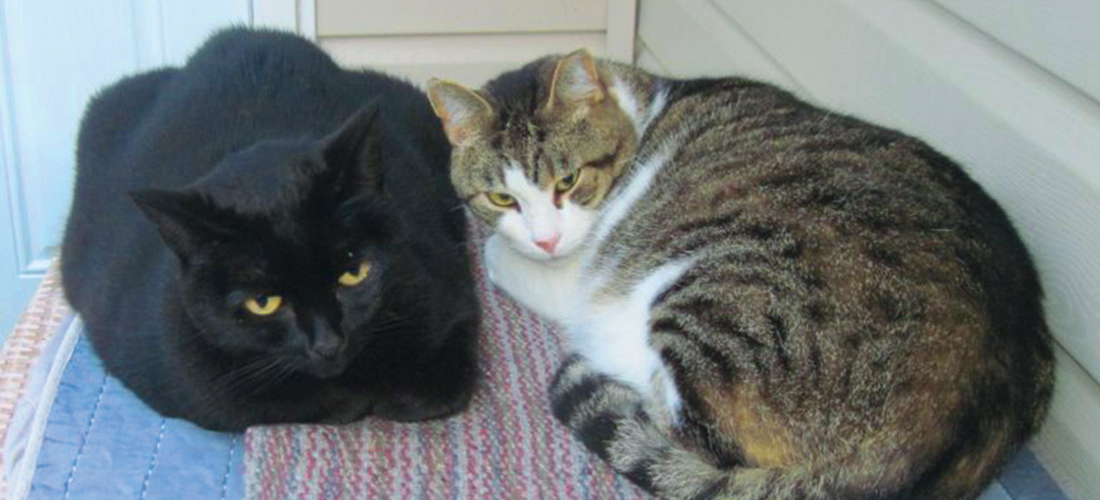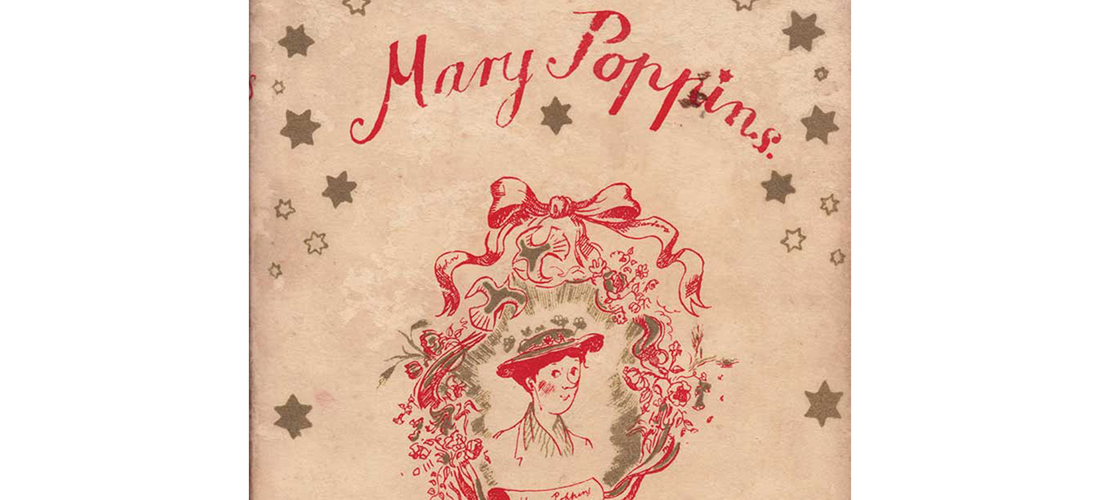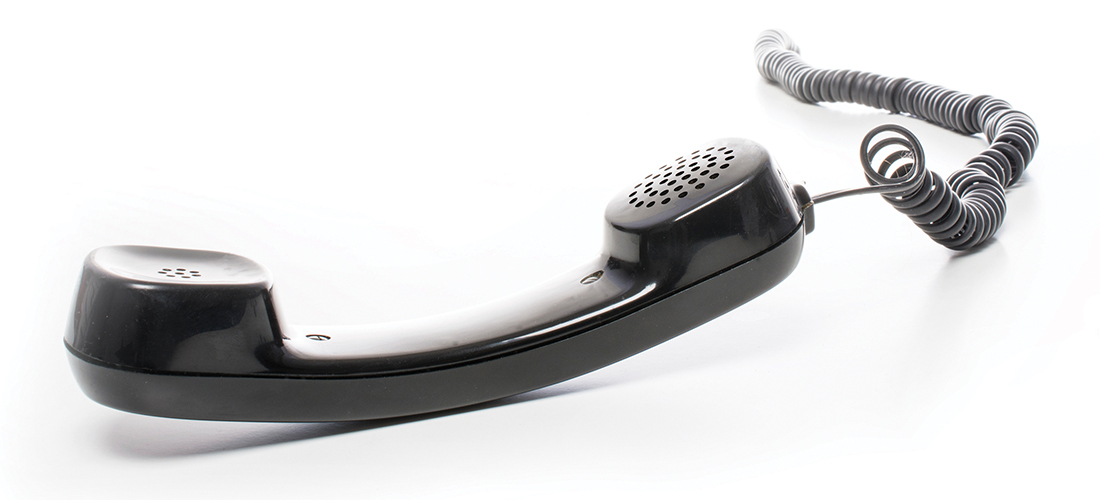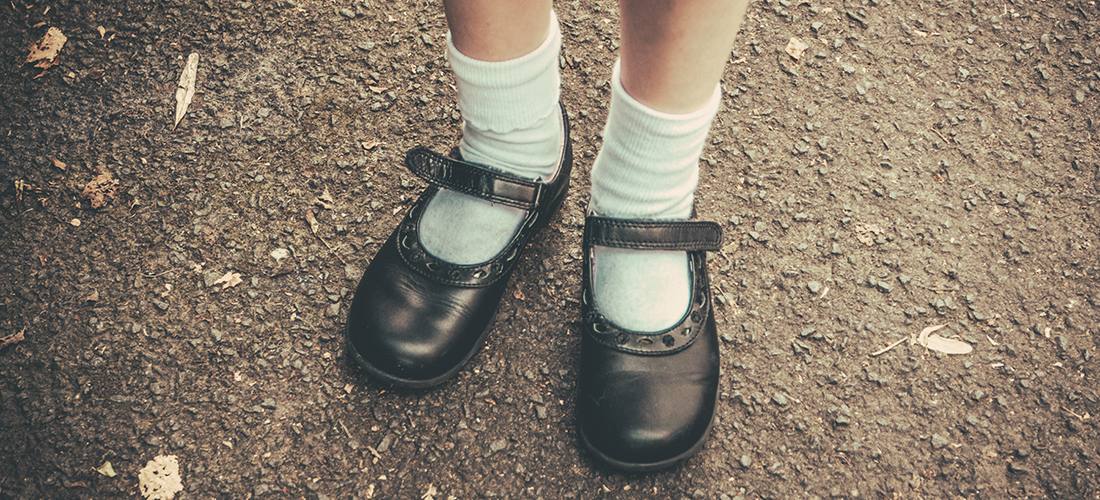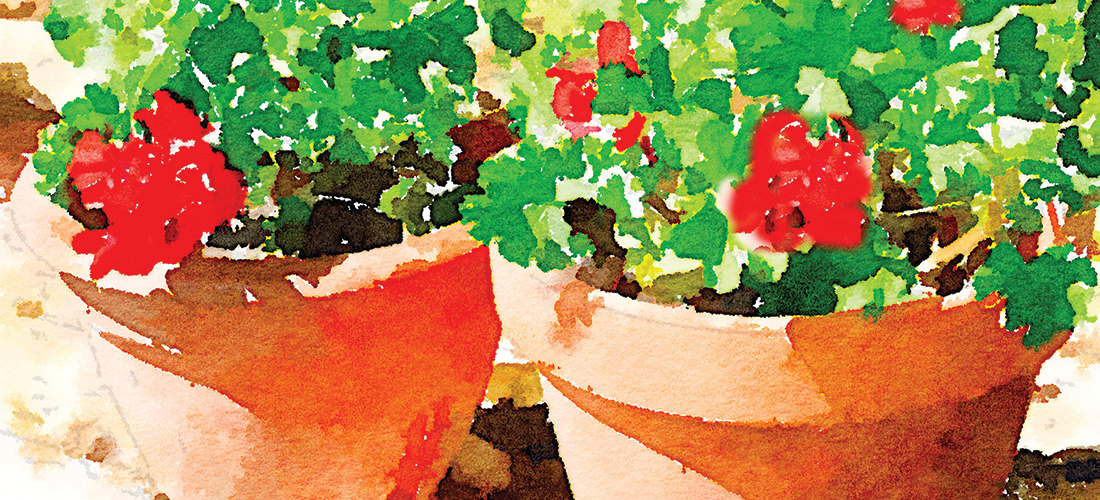Basketball forms an unbreakable bond
By Deborah Salomon
By the time you read this, The Big Dance should be over and the Final Four whittled down to the NCAA Men’s Basketball champion — which leaves a giant crater in my life, not to be filled until November when, once again, I hear the pitter-patter of huge feet on polished wood.
Doubtful that Duke will cut down the nets, but you never know. My Blue Devils forever remain the Fab Five to acolytes who view basketball as performance art, a ballet performed by glistening bodies wearing bright colors and fanciful hairstyles. They move like gazelles and, like gazelles, oftimes fall to predators.
Basketball is Greek tragedy, Shakespearean drama, Seinfeld humor, whereas football is, blunt force trauma exerted beneath a pyramid of bodies.
My passion reawakened upon returning to North Carolina in 2007. I heard people slander my alma mater, branding its students arrogant Yankees, spoiled brainiacs, nasty losers and worse.
Back through the time machine I spun, landing on East Campus, in 1956, already smitten. My high school team had won the N.C. State Championship in 1955, a heady experience. Duke, always a b-ball powerhouse, distributed books of free tickets to frosh and encouraged them to attend games. Dorm curfew was extended so we could cheer to the end.
Neither term paper nor exam kept me away.
Interest waned after graduation, as I raised a family in the Far North, although The Big Dance remained a rite of spring. I followed more closely when my daughter matriculated (along with Coach K) in 1980, graduated in 1984 but remained in Durham. She adored Duke basketball, too — even hitched a ride to the 1989 Battle in Seattle.
The sights and sounds came rushing back as I was now forced to play defense: Under the face paint and wigs the Cameron Crazies aren’t really crazy. Players are neither arrogant nor unsportsmanlike. Coach K doesn’t make rat faces. Academics mean as much as alley-oops. While speaking out, I discovered the root of my affinity. Basketball represented a happy interlude within a framework of rules which students respected and obeyed. The specter of finding a job and paying down student loans did not cloud the experience. Business, chemistry, pre-med and education majors connected over basketball.
We cheered our teams and received our diplomas at Cameron Indoor.
But oh, how basketball has changed. Integration provided a new dimension. Improved training methods and machines increased strength and endurance. Tall guys married tall women and produced 7-footers. Recruiters scanned Europe, the Middle East and Africa for raw talent. Games are broadcast in high definition, revealing each bead of sweat, every mouthed expletive on enormous court-shaped screens. What remains constant is the loyalty to an institution, at a formative age, that a sport engenders.
So what if Duke loyalists are obnoxious. We earned it. Show me another school with equal decibels at every game, not just the biggies.
And now, April, when the dance music crescendos — then fades. For me the experience is bittersweet. Duke won its first national championship on April 1, 1991. My daughter, Wendy, was ecstatic. She died 25 days later. I can no longer watch The Big Dance without tears.
Other hallmarks of the college experience have changed as well: laptops for note-taking, dining halls morphed into an international food courts, rules relaxed or repealed, co-ed dorms. What happened to yearbooks, class blazers? Newer buildings, although architecturally magnificent, remind me of kudzu, obliterating the familiar. An addition to the Duke Gardens bears the name of a shy boy who sat next to me in English class. On a recent visit I noticed how different Cameron looks. A new entry and lobby, enlarged offices and training facilities, a courtyard designated Krzyzewskiville, where students camp out for tickets. I felt a bit overwhelmed, lost, until I saw the ladies’ room door. Inside, pure 1956: a high gothic window, massive porcelain sinks and hardwood stalls with heavy metal latches that work on the guillotine principle.
Home, at last. I felt so much better until a glimpse in the mirror confirmed that what had changed the most wasn’t Duke . . . but me. Older, sadder, experienced, resigned but after all these years, still feisty, still connected. PS
Deborah Salomon is a staff writer for PineStraw and The Pilot. She may be reached at debsalomon@nc.rr.com.

